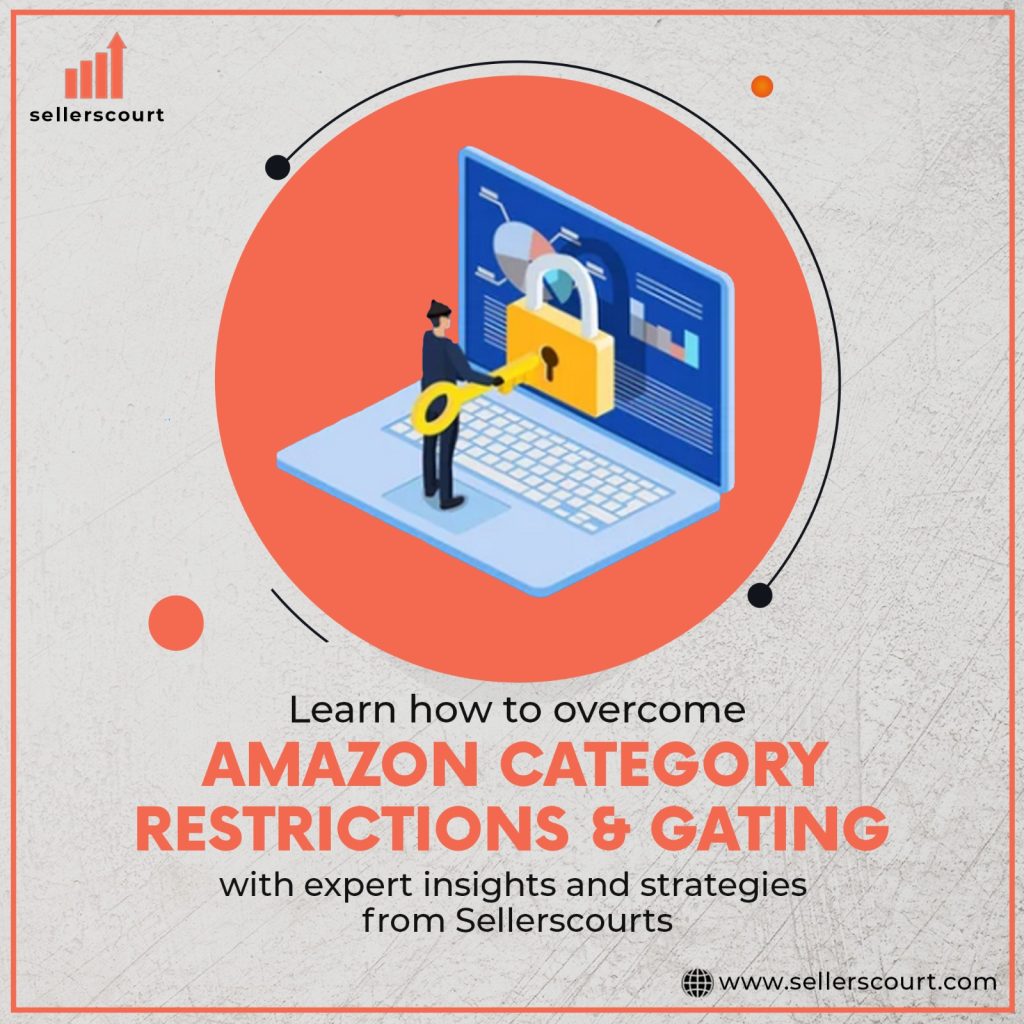
Introduction
As an Amazon seller, navigating Amazon category restrictions and gating can be a daunting task. Amazon gating is the process of restricting certain categories or brands of products that require approval from Amazon to sell. This can be a roadblock for sellers who are looking to expand their product offerings on the platform.
In this blog post, we’ll explore some tips on how to successfully navigate Amazon category restrictions and gating.
Understanding Amazon Gating
Amazon has implemented gating in certain categories and brands to ensure that only legitimate sellers are allowed to sell products that require approval. Amazon brand gating is a process where a seller must provide proof that they are authorized to sell a particular brand. This ensures that only authorized sellers can sell products that are associated with the brand.
Amazon category gating, on the other hand, restricts access to certain categories that are deemed high-risk. This is done to ensure that only sellers who meet certain criteria are allowed to sell in those categories.
Navigating Amazon Gating
Before you can navigate Amazon gating, it’s important to understand the process. You can find information on gating and category restrictions in the Amazon Seller Central under the “Categories and Products Requiring Approval” page.
It’s also important to note that Amazon regularly updates its list of gated categories and brands. Therefore, it’s essential to keep track of any updates to ensure that you’re not caught off guard.
To successfully navigate Amazon gating, it’s essential to ensure that you meet the criteria for selling in the category or brand. For instance, if you’re looking to sell in the beauty and personal care category, ensure that you have the required professional license and any other documentation needed to prove your eligibility.
It’s also essential to ensure that you have a positive selling history on Amazon. Amazon may review your selling history, customer reviews, and feedback before approving you to sell in gated categories or brands.
Once you’ve ensured that you meet the criteria for selling in a gated category or brand, it’s time to prepare for the approval process. The approval process may require you to submit additional documentation, such as invoices, product images, or certifications.
It’s important to ensure that your documentation is accurate and up-to-date. Inaccurate or outdated documentation may lead to delays in the approval process or even rejection of your application.
The approval process for Amazon gating can take some time. It’s important to be patient and avoid rushing the process. Amazon may take a few days or weeks to review your application.
It’s also important to note that Amazon may reject your application even if you meet the criteria for selling in a gated category or brand. If your application is rejected, you can appeal the decision or reapply after addressing any issues that may have led to the rejection.
Navigating Amazon gating can be a challenging task, especially for new sellers. Working with an Amazon agency like Sellerscourts can help simplify the process.
Sellerscourts has over 45 years of combined experience in Amazon selling and can help sellers navigate Amazon gating and category restrictions. The agency can provide guidance on the gating process, ensure that you meet the criteria for selling in gated categories or brands, and prepare your application for approval.
Conclusion
In summary, navigating Amazon gating and category restrictions requires a thorough understanding of the process and ensuring that you meet the criteria for selling in gated categories or brands. It’s also essential to prepare for the approval process, be patient, and work with an Amazon agency for guidance.
